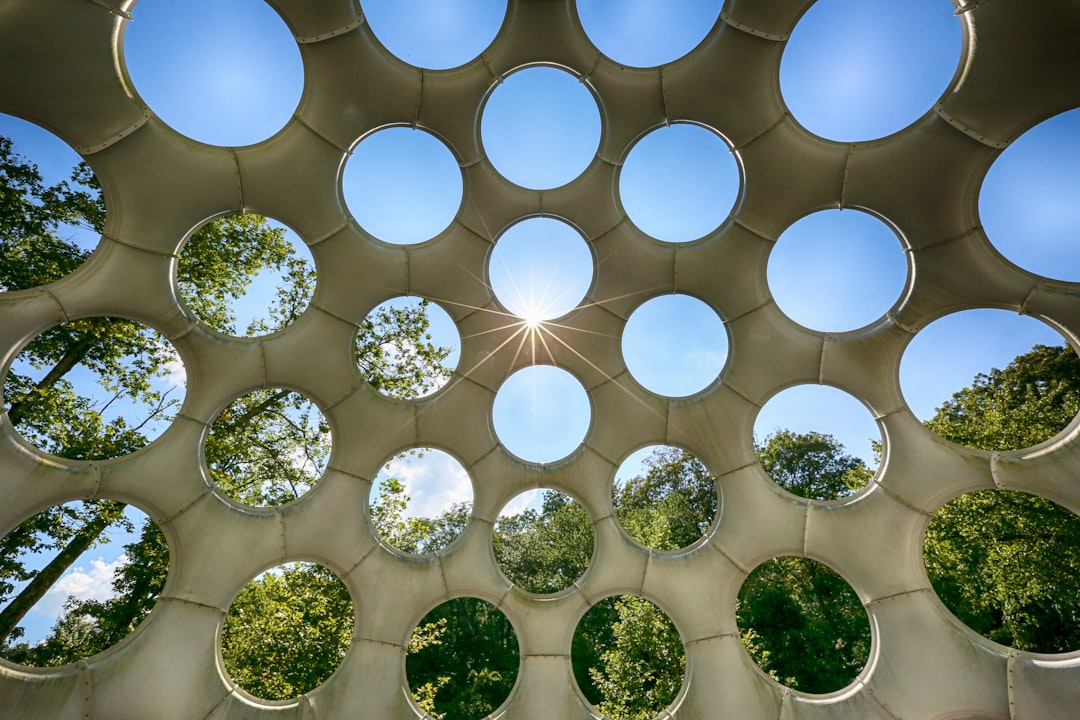What is it about?
The elemental bismuth (Bi) crystal takes on a simple buckled hexagonal layered structure, but it has proven to be anything but simple. In this work, we show that by either decorating Bi nanoribbons with nitrogen along one edge or by placing it on an appropriate substrate, we can create an exotic, novel phase of matter that combines two seemingly mutually-exclusive properties: ferromagnetism along one edge of the nanoribbon and topologically non-trivial quantum spin Hall state on the other edge. The short-ranged character of the magnetic and topological states makes their coexistence in the same material possible.
Featured Image

Photo by Alexandre Debiève on Unsplash
Why is it important?
As shown in the paper, at the magnetic edge, the electric current can be completely spin polarized. At the same time, on the opposite, “quantum spin Hall” edge, the electric current is spin filtered with the charge carriers of opposite spins propagating in opposite directions. Hence, the Bi nanoribbons and other similar exotic systems will find application in novel spin-based electronics.
Perspectives
This work is not only a scientific curiosity that explores a “mixed” phase that is made possible by chemical modifications or by stacking disparate van der Waals materials, but it may also open a new avenue for spintronics applications.
Ivan Naumov
Howard University
Read the Original
This page is a summary of: Coexistence of quantum spin Hall and magnetic states in zigzag bismuth nanoribbons, Applied Physics Letters, August 2023, American Institute of Physics,
DOI: 10.1063/5.0160159.
You can read the full text:
Contributors
The following have contributed to this page










